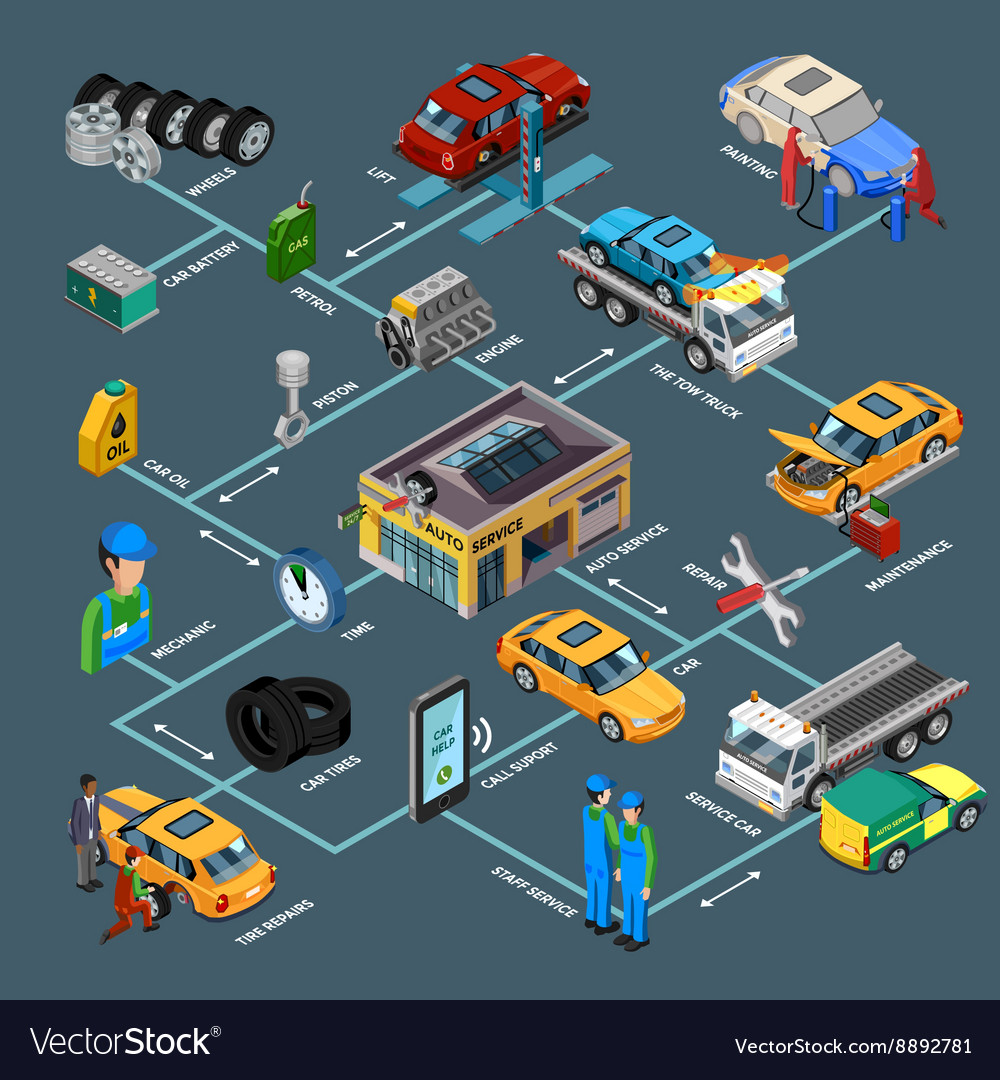Translating Your Car'S Alert Lighting: Their Real Effects
Translating Your Car'S Alert Lighting: Their Real Effects
Blog Article
Team Writer-Termansen Shepherd
When you lag the wheel, those glowing caution lights on your control panel can be a bit complicated. Do you understand what they're attempting to tell you about your cars and truck's health and wellness? Comprehending the significance of these lights is crucial for your security and the long life of your car. So, the next time one of those lights turns up, wouldn't you wish to understand its message precisely and take the necessary steps to address it?
Common Warning Lighting and Interpretations
Determine typical warning lights in your auto and recognize their meanings to make sure safe driving.
One of the most typical warning lights include the check engine light, which indicates concerns with the engine or discharges system. If this light begins, it's essential to have your car inspected immediately.
visit the following website page alerting light suggests reduced oil pressure, calling for immediate interest to prevent engine damage.
A flashing battery light might suggest a defective charging system, possibly leaving you stranded otherwise dealt with.
The tire stress monitoring system (TPMS) light informs you to reduced tire pressure, impacting car stability and fuel effectiveness. Neglecting https://brake-service73839.blogolenta.com/27155651/do-you-find-yourself-captivated-by-the-misconceptions-associated-with-auto-detailing-examine-the-facts-behind-these-mistaken-beliefs-and-find-the-advantages-of-professional-describing-for-each-automobile-proprietor can result in hazardous driving conditions.
The abdominal muscle light indicates a trouble with the anti-lock braking system, compromising your capacity to quit quickly in emergencies.
Last but not least, the coolant temperature level cautioning light warns of engine getting too hot, which can lead to serious damage otherwise resolved promptly.
Comprehending these usual caution lights will certainly help you resolve issues immediately and keep safe driving conditions.
Relevance of Prompt Interest
Comprehending the typical caution lights in your car is just the primary step; the importance of immediately resolving these cautions can not be stressed sufficient to guarantee your security on the road.
When a caution light illuminates on your dashboard, it's your vehicle's means of connecting a prospective issue that requires focus. Disregarding https://audiecutuning38372.targetblogs.com/30789223/ten-vital-tips-for-choosing-the-ideal-car-repair-shop-in-your-location can bring about much more extreme troubles later on, compromising your safety and possibly costing you extra out of commission.
Trigger focus to cautioning lights can avoid malfunctions and accidents. For instance, a blinking check engine light might indicate a misfire that, if left neglected, could cause damage to the catalytic converter. Resolving relevant web-site can conserve you from a pricey repair service.
Similarly, a brake system warning light might indicate reduced brake fluid or used brake pads, important elements for your safety when driving.
Do It Yourself Troubleshooting Tips
If you discover a caution light on your control panel, there are a few do it yourself repairing suggestions you can try prior to looking for expert help.
The primary step is to consult your cars and truck's manual to comprehend what the details caution light shows. Sometimes the problem can be as easy as a loosened gas cap triggering the check engine light. Tightening the gas cap may resolve the issue.
Another common problem is a reduced battery, which can set off various alerting lights. Inspecting the battery connections for deterioration and ensuring they're safe may repair the issue.
If a caution light lingers, you can try resetting it by separating the cars and truck's battery for a couple of minutes and after that reconnecting it. Furthermore, inspecting your automobile's liquid degrees, such as oil, coolant, and brake liquid, can aid fix cautioning lights connected to these systems.
Verdict
To conclude, understanding your car's warning lights is necessary for maintaining your vehicle running efficiently and securely. By quickly addressing these notifies and recognizing what they mean, you can prevent costly fixings and potential failures.
Bear in mind to consult your auto's handbook for particular details on each advising light and take action as necessary to guarantee a trouble-free driving experience.
Remain educated, remain secure on the road!
